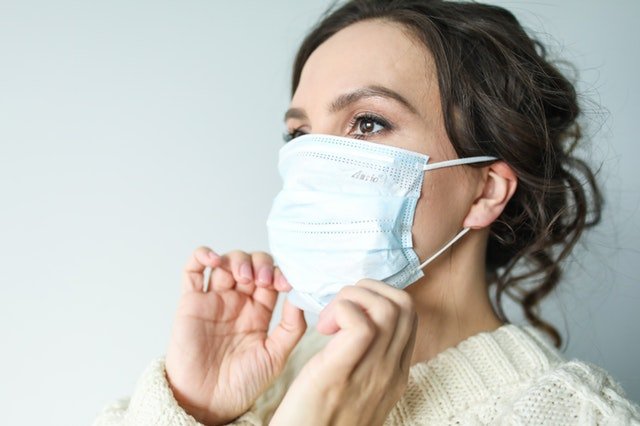
Worried about supply shortages, quarantines, the falling stock market or canceling a vacation? Or do you just fear the unknown regarding COVID-19?
Clinical psychologist Neda Gould, Ph.D., can provide tips on how to be mindful and stay grounded among the distress caused by the outbreak.
About dealing with anxiety among children regarding the coronavirus, child and adolescent psychiatrist Carol Vidal, M.D., M.P.H., and pediatric clinical psychologist Joseph McGuire, Ph.D., M.A., can discuss how parents can talk with kids about the virus, its spread and its impact on their lives, and suggest ways to get children involved with lowering the risk of the coronavirus, preparing for virus-related emergency conditions (such as quarantines), and other positive actions to help counter their fears and concerns.
The Weird Way Coronaviruses ASSEMBLE AND Escape Cells
Most coronaviruses invade cells much like other viruses, such as influenza, which merges its envelopes with the surface of unsuspecting cells to release genomes into the cell.
Once inside, the viral genome is replicated and forms an army of new viruses. The newly formed influenza viruses assemble and bud from the cell surface, ready to invade other cells.
However, coronaviruses take a different route of assembly and escape from their host cell.
They use the pancakelike structure in cells, called the Golgi complex — a kind of post office for the cell that sorts and processes proteins and spits them out of the cell after enclosing the proteins in a compartment called a vesicle.
Cell biologist Carolyn Machamer, Ph.D., has been studying how coronaviruses assemble in the Golgi body and then stow away in vesicles to be shipped outside of the cell.
Machamer can discuss how this family of viruses interacts with cells, and ways to take advantage of its unique properties.
Can My Pet Become Infected with SARS-CoV-2?
As the COVID-19 illness spreads around the globe, its impact is rapidly evolving. Johns Hopkins veterinarian Jason Villano, D.V.M., M.S., M.Sc., says at this time, we do not have any evidence that common household pets can be a source of infection or can become sick with COVID-19.
The virus itself, SARS-CoV-2, is reported to have originated in bats, and that’s why experts have identified it as a “zoonotic” pathogen.
It is well known to veterinarians that dogs and cats can be infected with other viruses in the coronavirus family, but the viruses are specific to those animals and mostly affect their gastrointestinal tract.
Villano says recent reports of a dog in China testing positive for a “low level of infection” of SARS-CoV-2 does not mean the dog actually was infected with the virus or can transmit it.
He says the specific test the dog received is ultrasensitive and can detect even fragments of the virus, live or dead, and further testing needs to be performed to confirm infection.
The World Organization for Animal Health and the Centers for Disease Control and Prevention (CDC) have reiterated there is no evidence of transmission of SARS-CoV-2 to and from pets.
The History of Xenophobia, the Economy and Infectious Outbreaks
The past week saw a rise in worldwide xenophobic attacks on people from Asia and of Asian descent — the increase is connected to the global spread of the coronavirus.
There was also a steep drop in global stock exchanges, with looming risks of recession. “Most would consider these events to be totally disconnected,” says sociologist and historian Alexandre White, Ph.D.
“However, history shows us that these phenomena are deeply and inextricably related.”
White’s work examines the social effects of infectious epidemic outbreaks in both historical and contemporary settings, as well as the global mechanisms that produce responses to an outbreak.
For more information about coronavirus disease (COVID-19) from Johns Hopkins Medicine, visit hopkinsmedicine.org/coronavirus.
For information on coronavirus disease (COVID-19) from around the Johns Hopkins enterprise, including from the Johns Hopkins Bloomberg School of Public Health and The Johns Hopkins University, visit coronavirus.jhu.edu.



